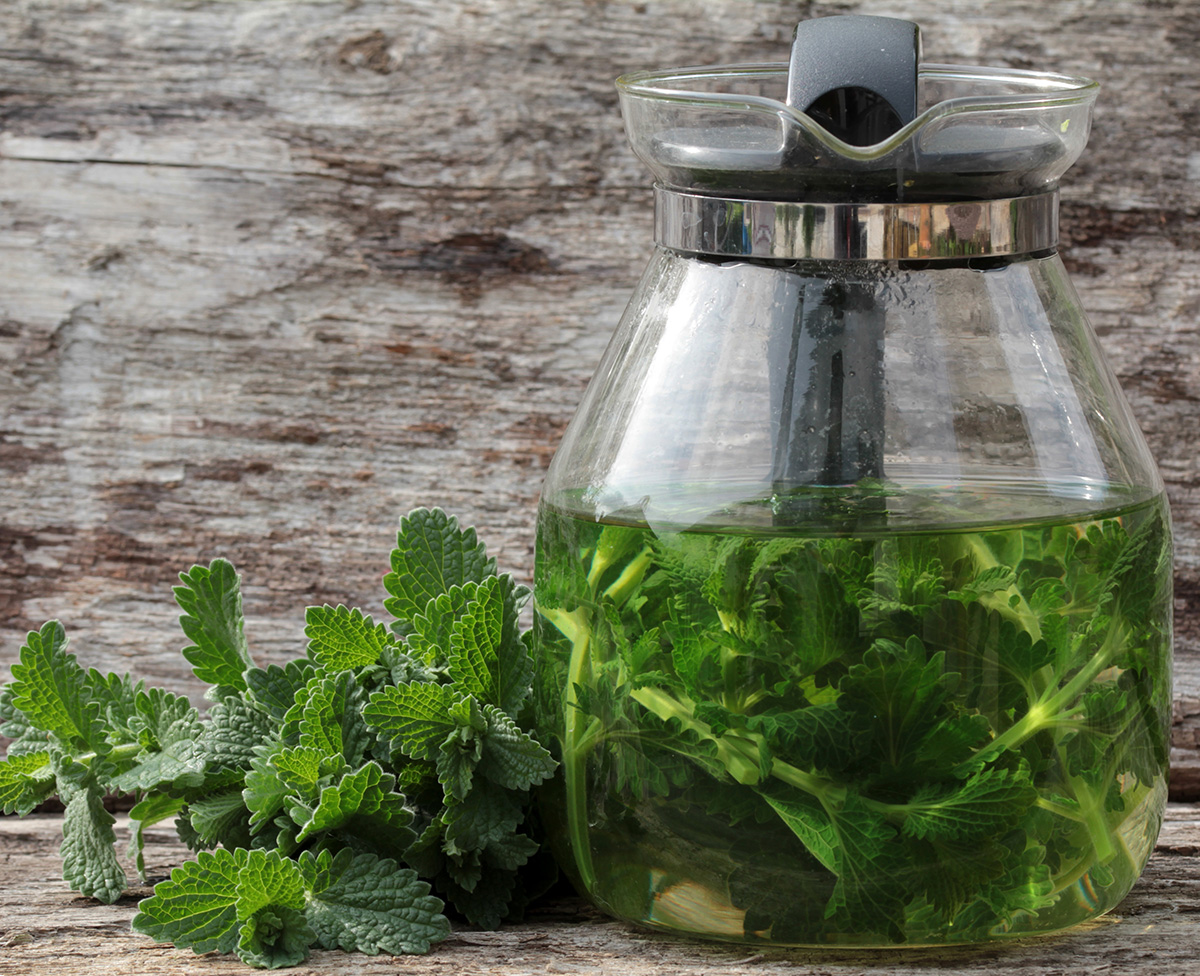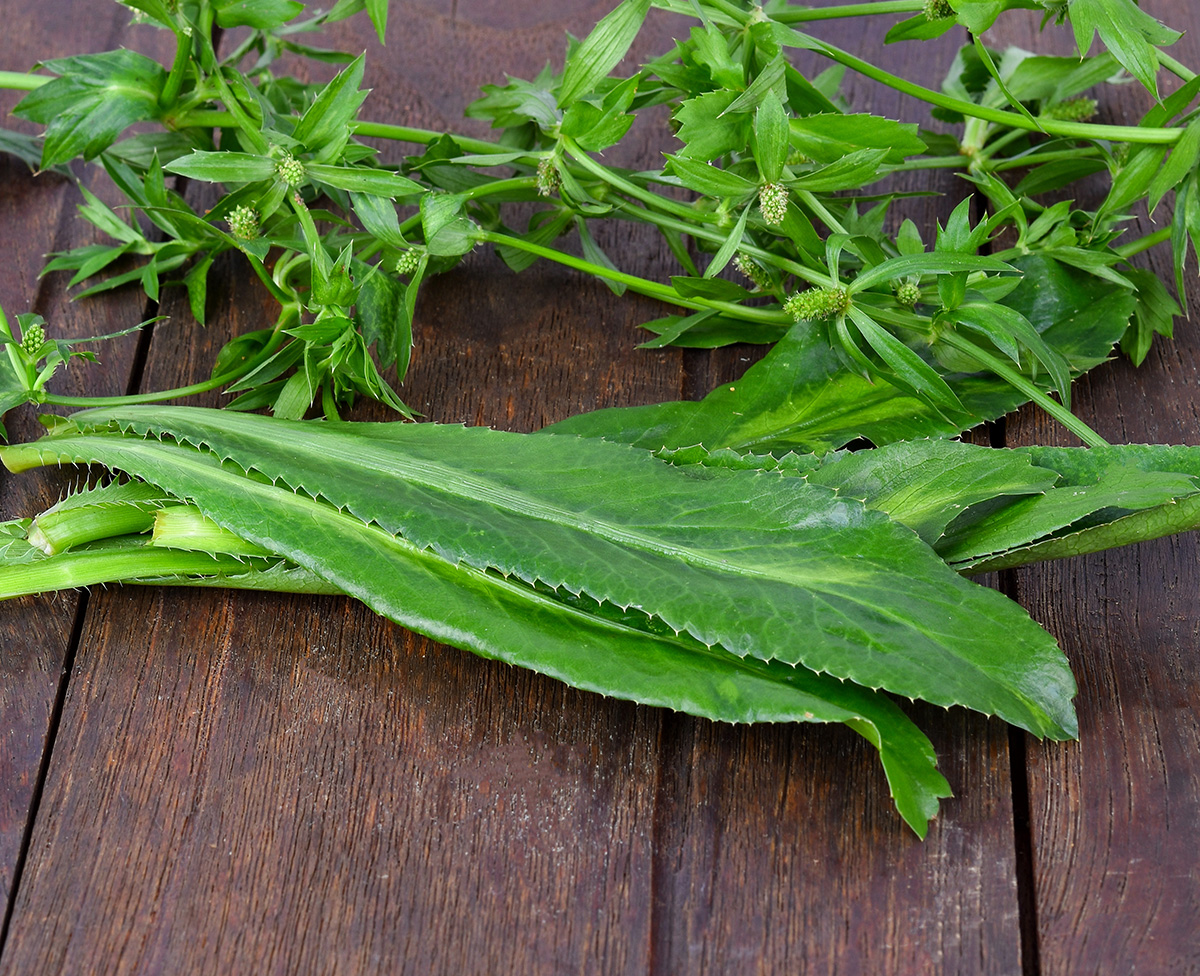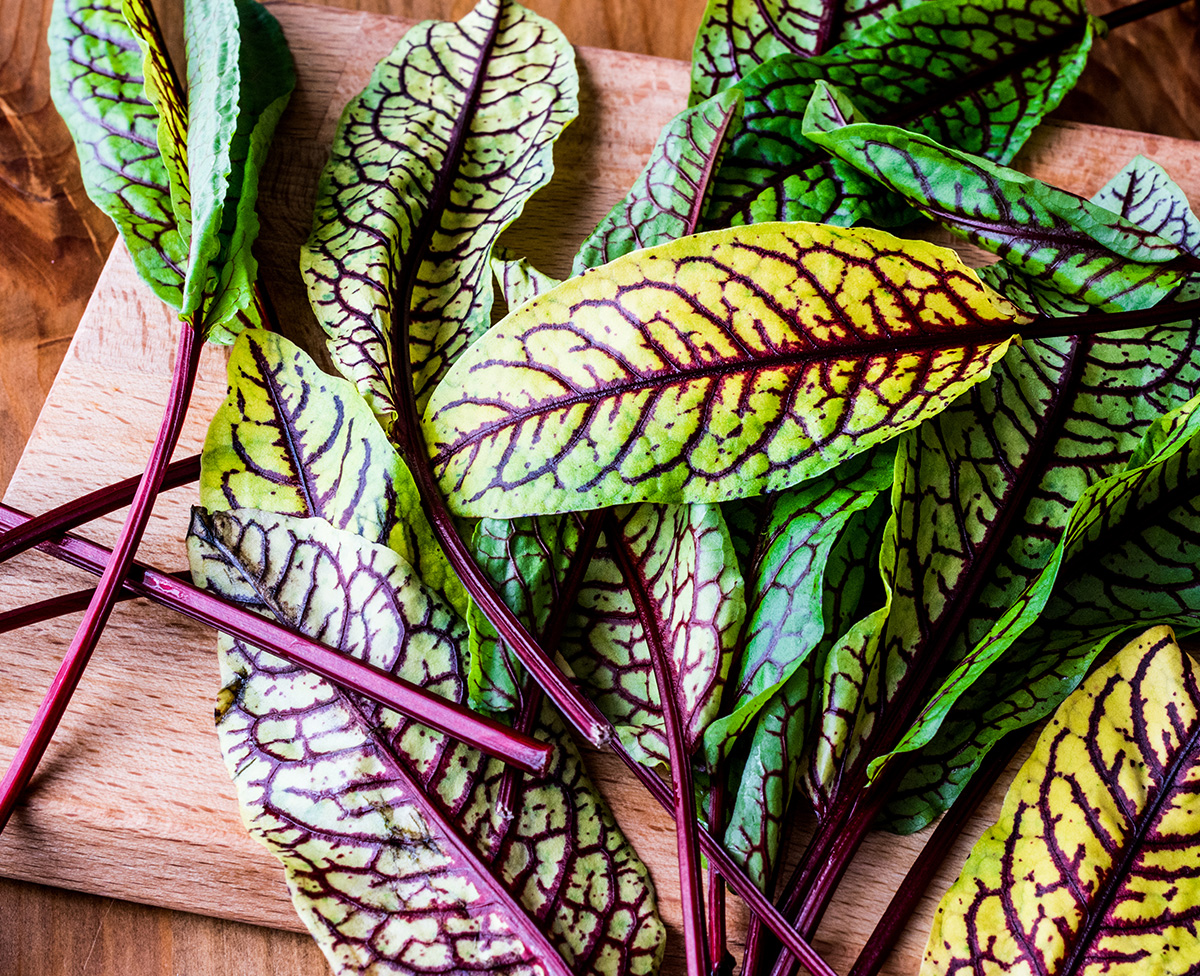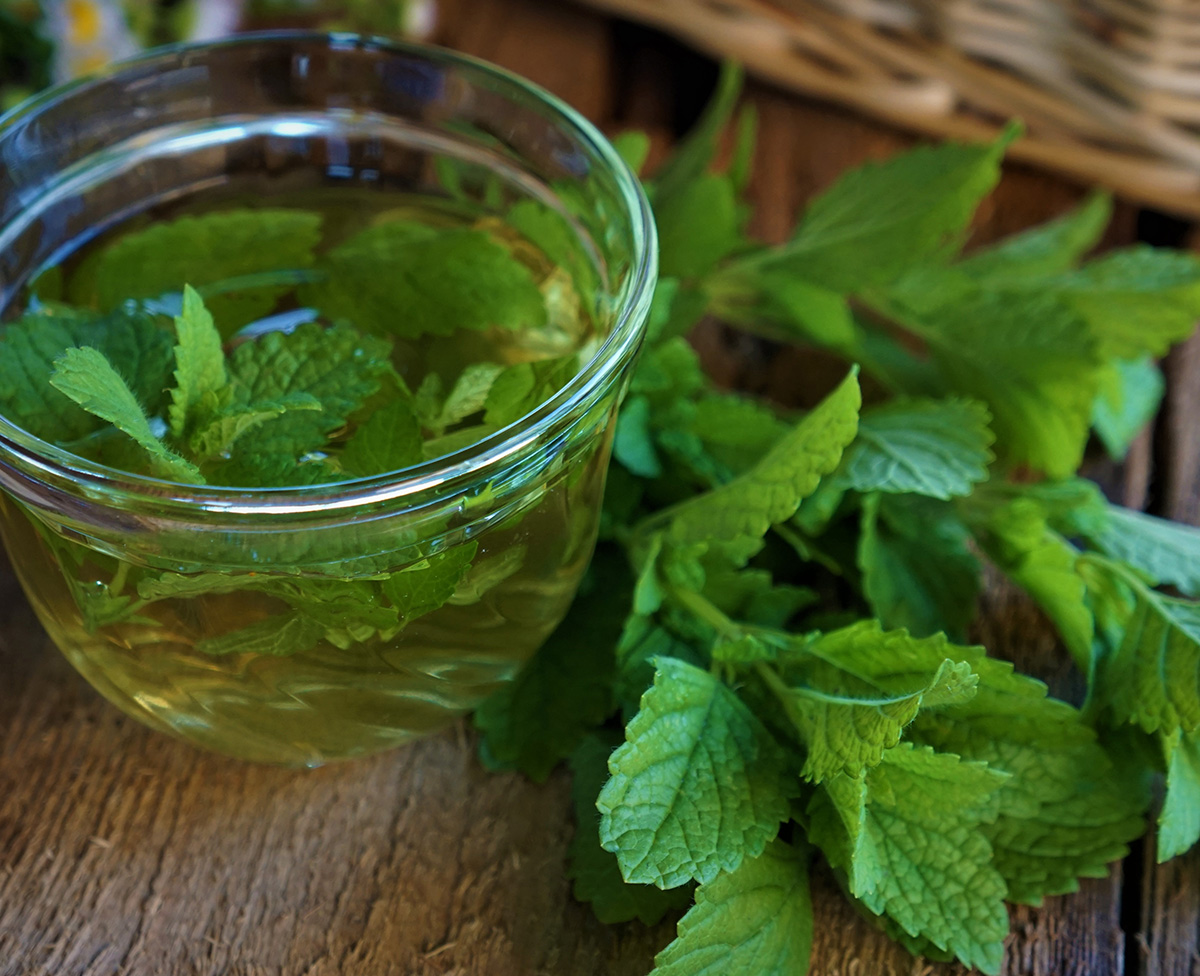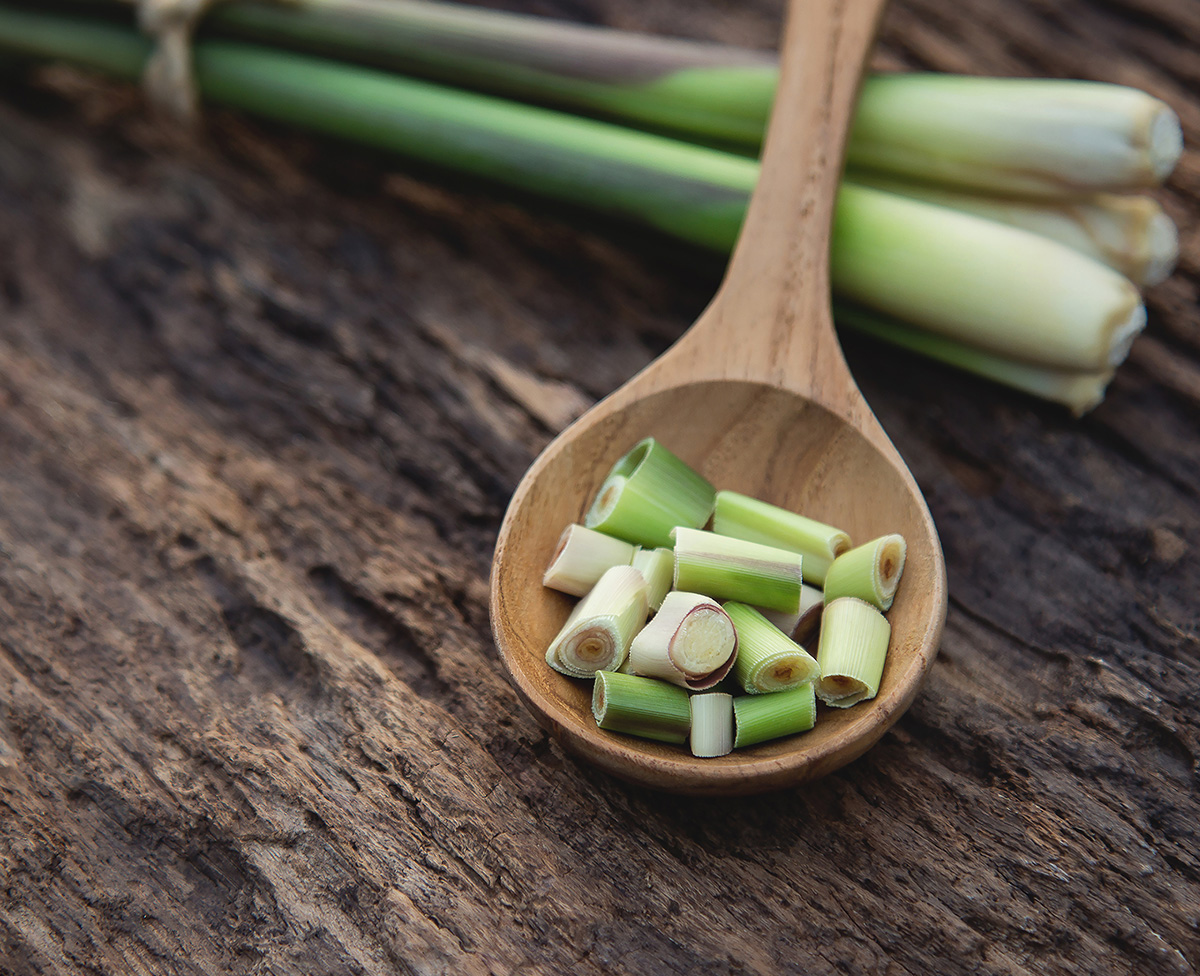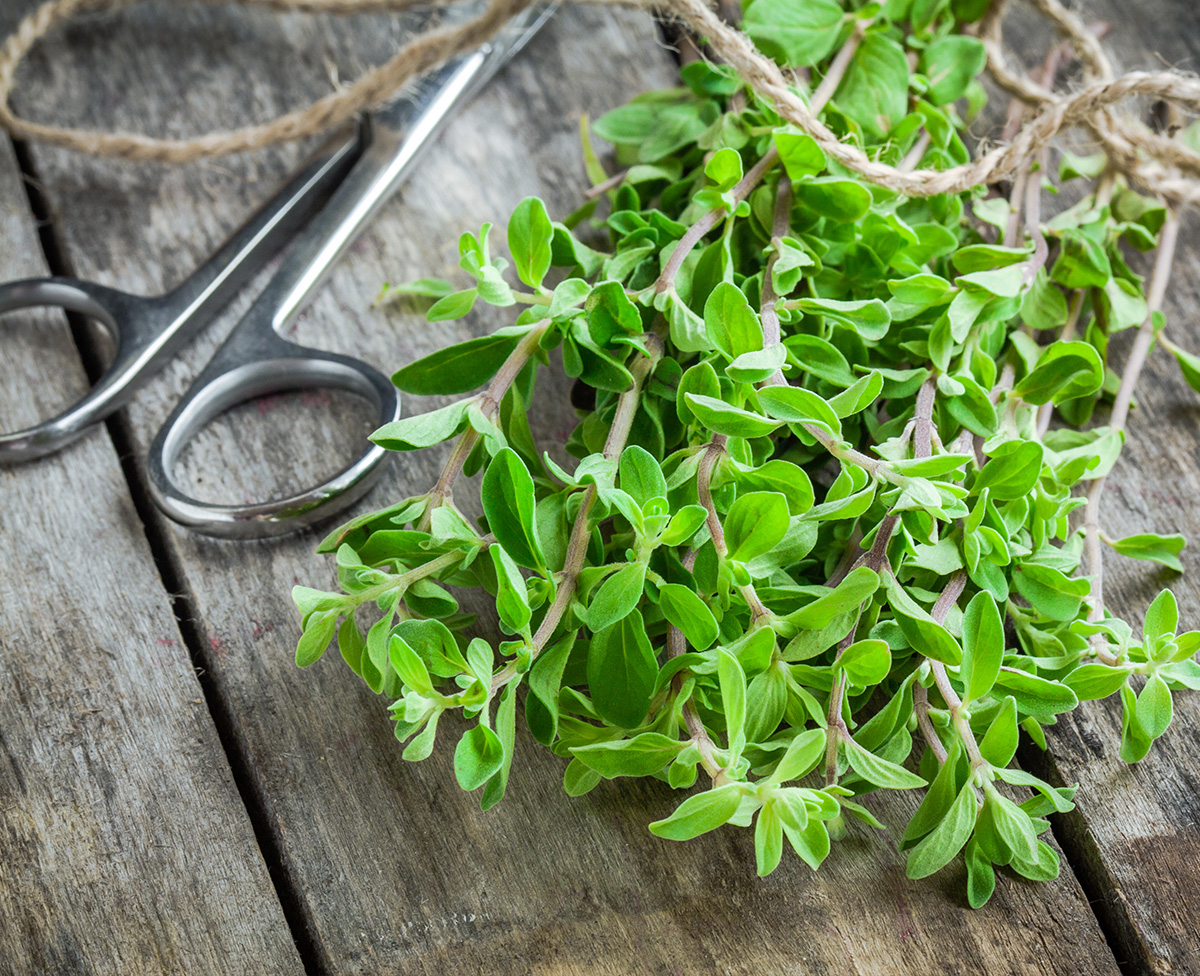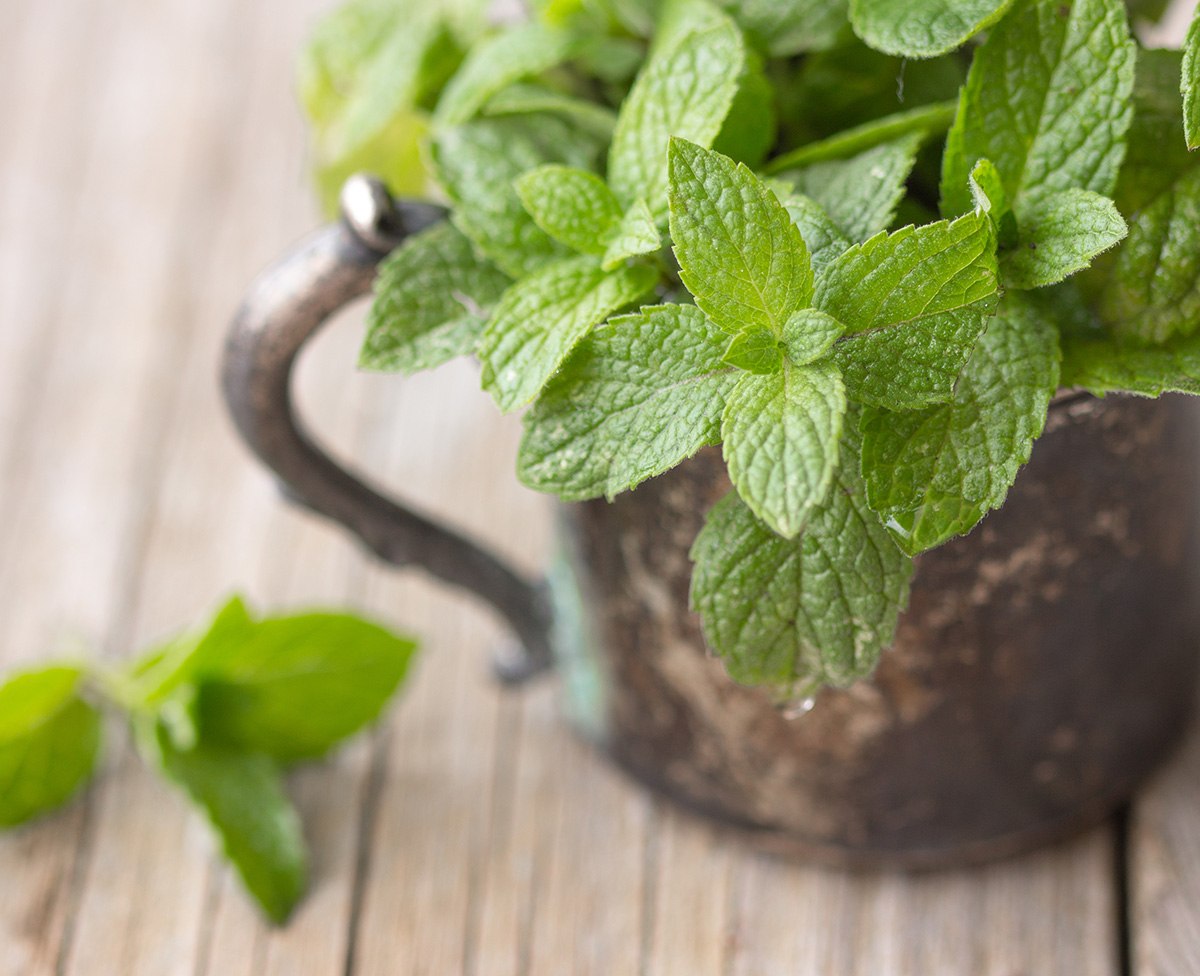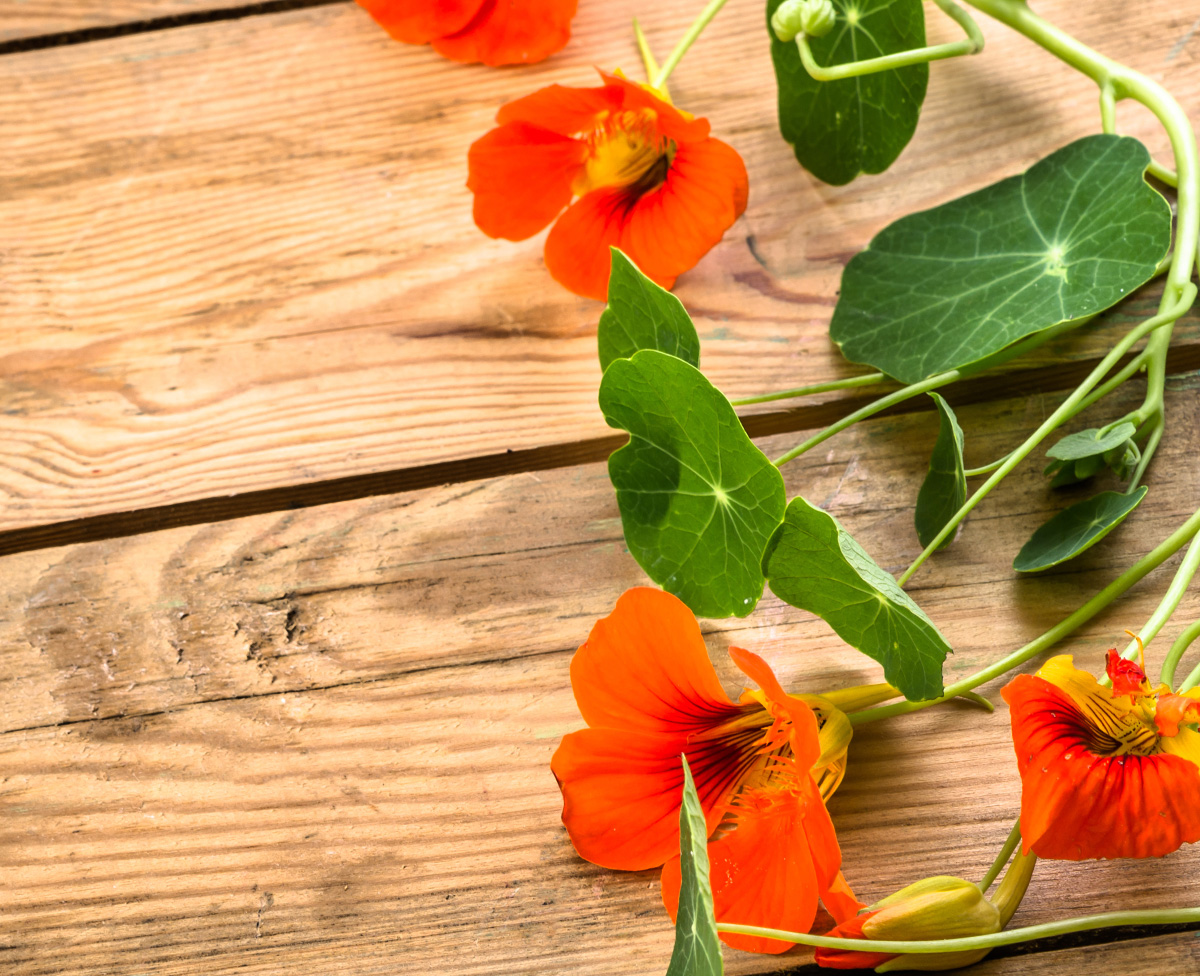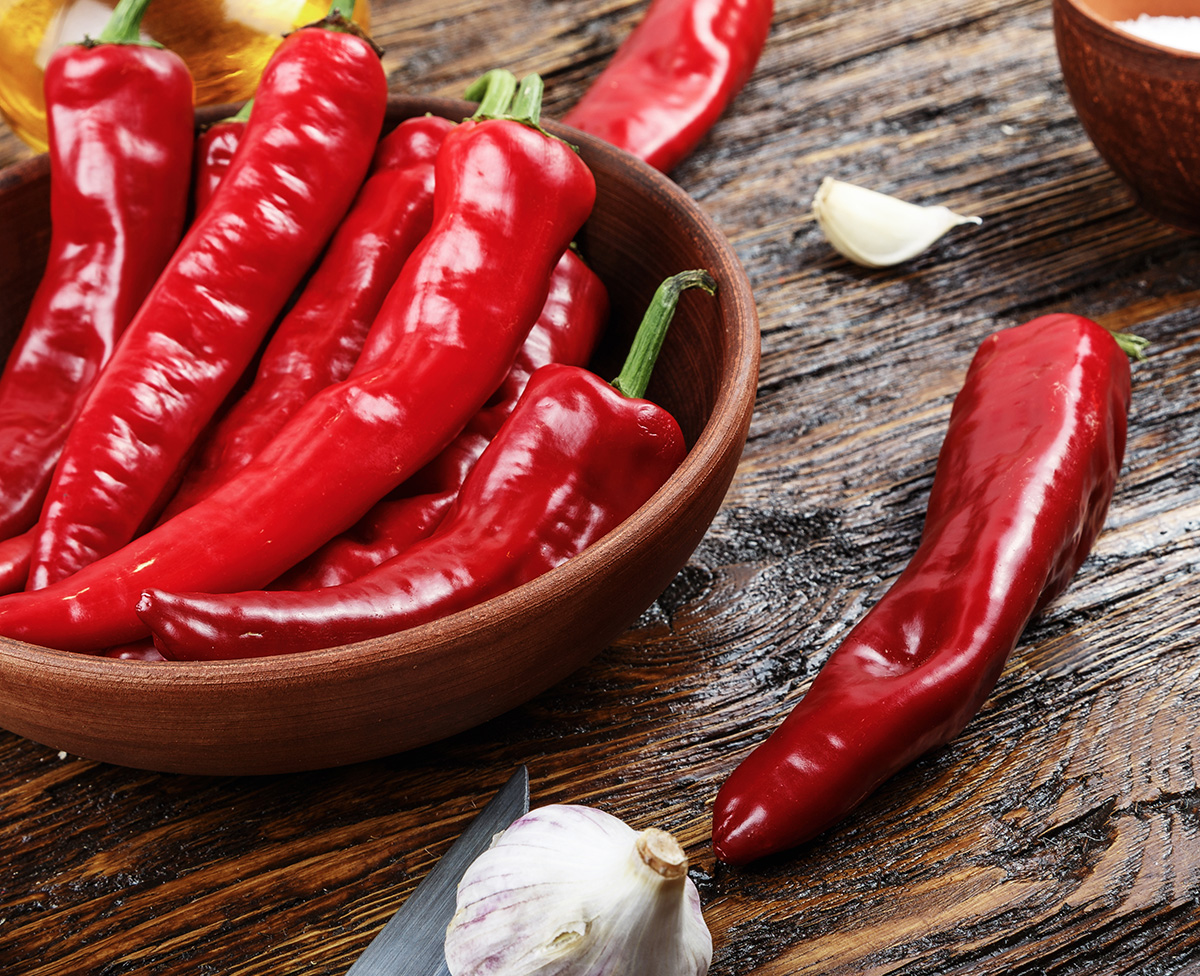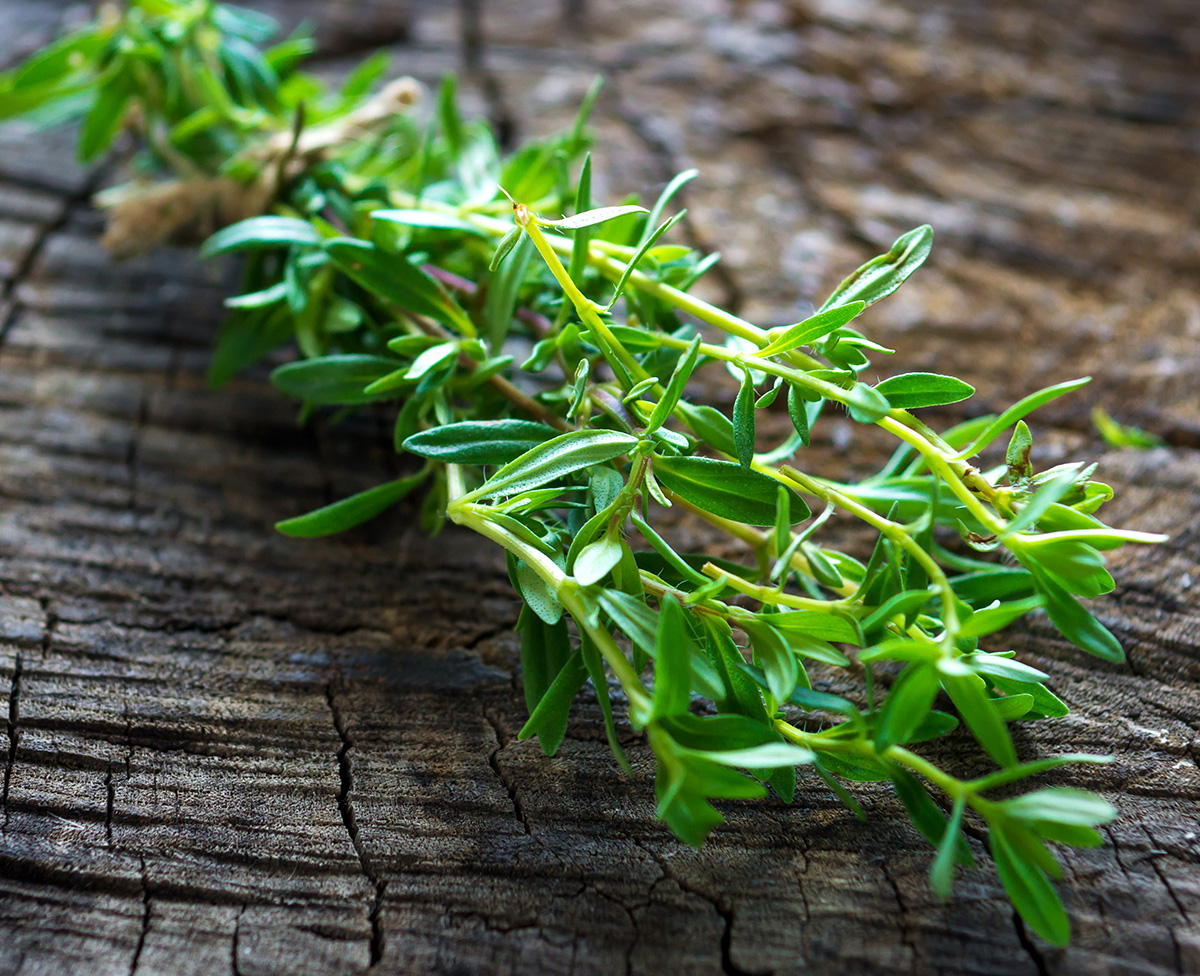VIEW ALL HERBS
Rosemary
(Rosmarinus officinalis) - Half-hardy Perennial
“There’s rosemary, that’s for remembrance.” A classic Shakespearean line and one that reflects rosemary’s true character. As far as can be told, the tradition of rosemary for remembrance stems from the Greeks, when students wore garlands of the herb in hopes of passing their final exams. Since then, it has been a symbol to remind many generations of faith in love, loyalty in friendship and honor for the dead. It is has been used to help meats and wine to “remember” their flavor and helping stomachs to “remember” their appetites. It was also known in the 16th century as an herb that only grew well in homes where the women of the house were in charge.
This evergreen shrub from the Mediterranean contains antioxidants which slow the aging process, a big part of which is remembrance – and perhaps where it inherited its reputation. Rosemary has a heavy, recognizable flavor that combines those of pine, mint and ginger. It has bluish-green leaves that resemble needles and can grow to 6 feet tall! Soft lilac or bright blue two-lipped flowers bloom in late spring to mid-summer.
Rosemary is a garden favorite but can sometimes suffer during the long Southern winters. With a little work, however, your rosemary will live to see the mild winters it thrives in. To help rosemary through the extremes of the summer and winter, mulch well. It also helps to prune dead areas in the spring time to help foliage to come back full. Also, adding egg shells to the water occasionally helps to keep rosemary in top shape.
Kitchen Gardens grows and recommends the following varieties of basil – we think you’ll enjoy them, too!
Creeping Rosemary (R. officinalis ‘Prostratus’ )
Grows only 6 to 12 inches tall, but can spread to 3 feet
Produces lavender flowers









